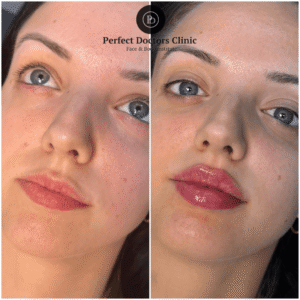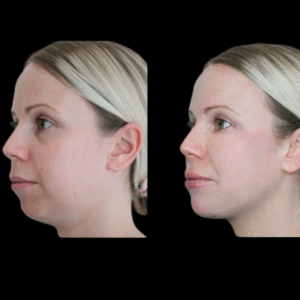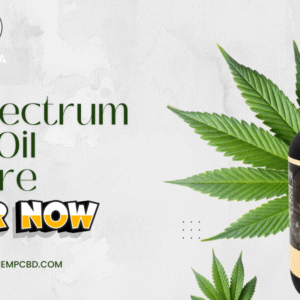Endolift treatment has become a buzzword in the world of non-invasive aesthetic procedures, especially for those seeking facial rejuvenation without surgery. Known for tightening skin, reducing fat deposits, and improving skin laxity, Endolift appeals to individuals looking for a youthful, contoured look. While the procedure offers impressive results for many, it’s not suitable for everyone. If you’re considering Endolift in Dubai, it’s essential to understand who should avoid this treatment and why.

Understanding Endolift: What Is It?
Endolift is a minimally invasive laser treatment that works beneath the skin to stimulate collagen production, tighten sagging areas, and dissolve localized fat. This technique uses a fine optical fiber inserted under the skin to deliver laser energy, creating both immediate and long-term improvements in facial structure and skin texture.
Despite its growing popularity, this treatment isn’t universally recommended. As with any cosmetic procedure, suitability depends on several individual factors, including skin condition, health status, and aesthetic goals.
Who Should Steer Clear of Endolift?
1. Pregnant or Breastfeeding Women
Pregnancy and breastfeeding are natural states during which the body undergoes significant hormonal and physiological changes. Most cosmetic procedures, including Endolift, are not recommended during these times. The primary reason is safety—there’s limited data on how laser energy may affect a fetus or breastmilk production. Additionally, hormonal fluctuations can alter skin behavior, leading to unpredictable results. Waiting until after this period ensures both maternal safety and optimal treatment outcomes.
2. Individuals with Active Skin Infections or Acne
If you have active skin infections, such as herpes outbreaks, bacterial infections, or inflamed acne in the treatment area, Endolift should be postponed. Introducing laser energy through the skin in such cases can worsen the condition, cause irritation, and increase the risk of complications like scarring or post-inflammatory hyperpigmentation. A clean, infection-free skin surface is crucial for achieving safe and effective results.
3. People with Certain Chronic Conditions
Those with serious underlying medical conditions, such as uncontrolled diabetes, autoimmune diseases (like lupus or scleroderma), or bleeding disorders, are typically advised against Endolift. These health conditions can interfere with healing and increase the chances of side effects. The laser’s interaction with compromised tissues could also lead to unexpected responses, such as excessive bruising or delayed skin recovery.
4. Patients with Unrealistic Expectations
Endolift is not a magic wand. While it offers noticeable lifting and contouring effects, it cannot match the results of traditional surgical facelifts. Candidates who expect dramatic transformations may be disappointed. The best outcomes occur in people with mild to moderate skin laxity who understand that improvements are subtle and progressive. Those looking for an instant, drastic change should consider alternative options.
5. People with Severe Sagging or Excess Skin
Endolift works well on mild to moderate sagging by promoting collagen remodeling and mild fat reduction. However, it is not a substitute for surgery in individuals with significant skin laxity or excessive drooping. In such cases, non-invasive tightening will not provide adequate support or lift. These individuals may not see meaningful improvements and are better suited to procedures that remove and reposition tissue directly.
6. Individuals Sensitive to Heat or Prone to Hyperpigmentation
Since Endolift uses laser-generated heat, those with sensitive skin or a history of post-inflammatory hyperpigmentation should approach this treatment with caution. Heat can trigger pigment changes in darker skin tones or cause redness and irritation in people prone to rosacea. A consultation and patch test are essential to assess whether the skin can tolerate this form of energy-based therapy.
7. Those with a History of Keloid Scarring
People who develop keloids—a type of raised scar caused by excessive collagen production—should avoid treatments that puncture or heat the skin deeply. The risk of triggering abnormal scar formation is too great, making Endolift a potentially unsafe option for this group.

How Many Sessions Are Needed?
Most people achieve noticeable results after just one session, which is part of what makes Endolift so attractive. However, for those with more pronounced concerns, a second session may be recommended after several months. This will depend on your skin condition, goals, and how your body responds to the initial treatment.
How to Determine If You’re a Suitable Candidate
Consulting a qualified professional is the most reliable way to determine whether Endolift is appropriate for your skin and health profile. A thorough consultation includes evaluating your medical history, skin type, aesthetic goals, and any risk factors that could compromise results.
Sometimes, alternatives like radiofrequency treatments, microneedling, or chemical peels might be more suitable depending on individual needs. The key is aligning your expectations and skin condition with the most appropriate procedure for safe, satisfying results.
The Takeaway
Endolift is a groundbreaking treatment for skin tightening and contouring, but it’s not the perfect fit for everyone. People with certain health conditions, severe skin laxity, or active skin issues should explore other options. Always prioritize your health and long-term results over quick fixes.
If you’re exploring Endolift Dubai, understanding your candidacy is the first step toward a safe and satisfying aesthetic journey. Seek guidance, stay informed, and choose treatments that work harmoniously with your body.








